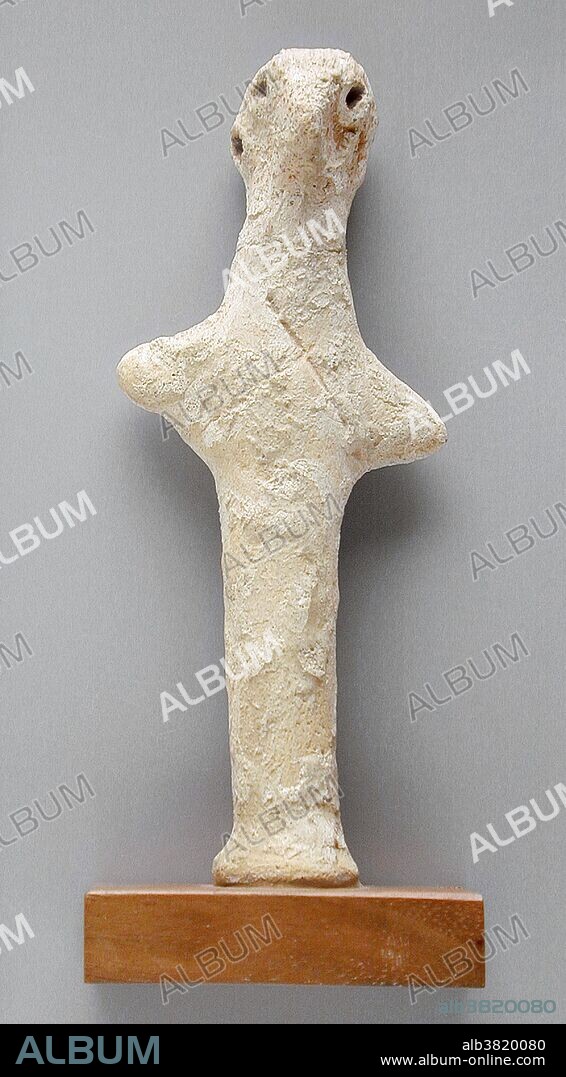alb3820080
Syro-Hittite Ceramic Figurine, Anatolia

|
Zu einem anderen Lightbox hinzufügen |
|
Zu einem anderen Lightbox hinzufügen |



Haben Sie bereits ein Konto? Anmelden
Sie haben kein Konto? Registrieren
Dieses Bild kaufen
Titel:
Syro-Hittite Ceramic Figurine, Anatolia
Untertitel:
Siehe automatische Übersetzung
Figurine, Anatolia, Syro-Hittite, 2500-800 BC, ceramic sculpture. Anatolia has been inhabited by many peoples throughout history; Hattians, Hurrians, Hittites, Luwians, Phrygians, Lydians, Persians, Greeks, Assyrians, Mitanni, Scythians, Cimmerians, Urartians, Carians, Commagene, Cilicians, Arameans, Kaskians, Mushki, Palaic, Corduene, Armenians, Romans, Colchians, Iberians, Georgians, Kurds, Laz, Zazas, Hamshenis, Sephardi Jews, Crimean Tatars, Karachays,Roma people, Circassians, Azerbaijanis, Seljuk Turks, Ottoman Turks and today predominantly modern Turkish people. Each culture left behind unique artifacts, still being uncovered by archeologists. The Hittites established an empire at Hattusa in north central Anatolia around the 18th century BC. This empire reached its height during the mid-14th century BC under Suppiluliuma I, when it encompassed an area that included most of Asia Minor as well as parts of the northern Levant and Upper Mesopotamia. After 1180 BC, the empire came to an end during the Bronze Age collapse, splintering into several independent city-states. The states that are called Neo-Hittite, or Syro-Hittite, were Luwian, Aramaic and Phoenician speaking political entities of the Iron Age northern Syria and southern Anatolia and lasted until roughly 700 BC.
Persönlichkeiten:
Bildnachweis:
Album / Science Source / Los Angeles County Museum
Freigaben (Releases):
Model: Nein - Eigentum: Nein
Rechtefragen?
Rechtefragen?
Bildgröße:
2400 x 4341 px | 29.8 MB
Druckgröße:
20.3 x 36.8 cm | 8.0 x 14.5 in (300 dpi)
Schlüsselwörter:
ARCHAEOLOGIE • ARCHÄOLOGIE • ARCHÄOLOLGIE • HITTITE • NEO-HITITA • STEINGUT • TOEPFERWARE • TON • VÖLKERSCHAU
 Pinterest
Pinterest Twitter
Twitter Facebook
Facebook Link kopieren
Link kopieren Email
Email
